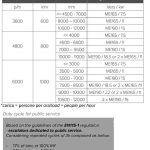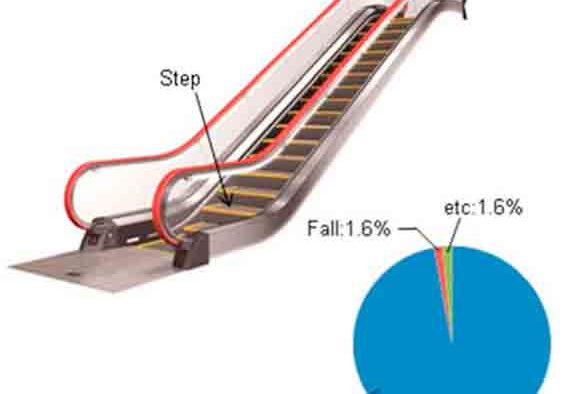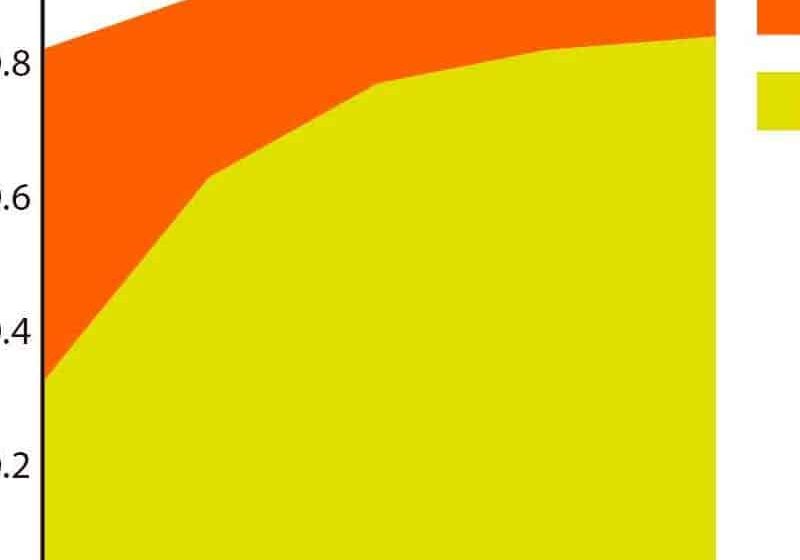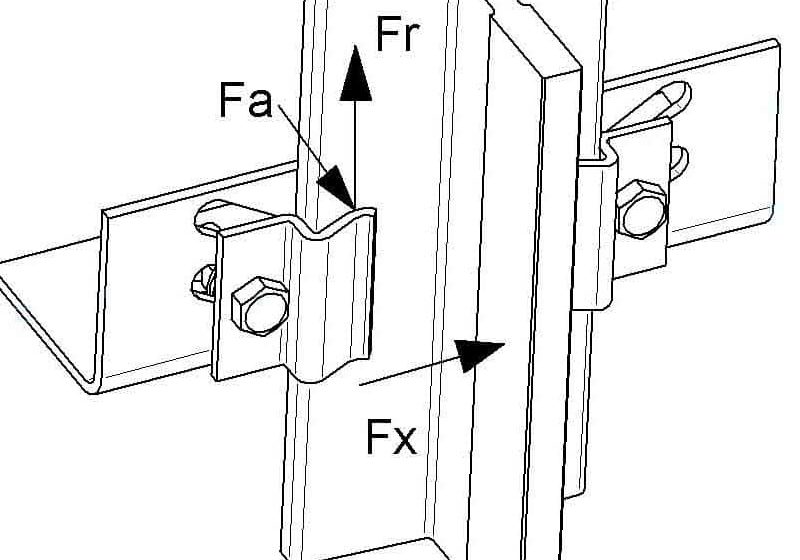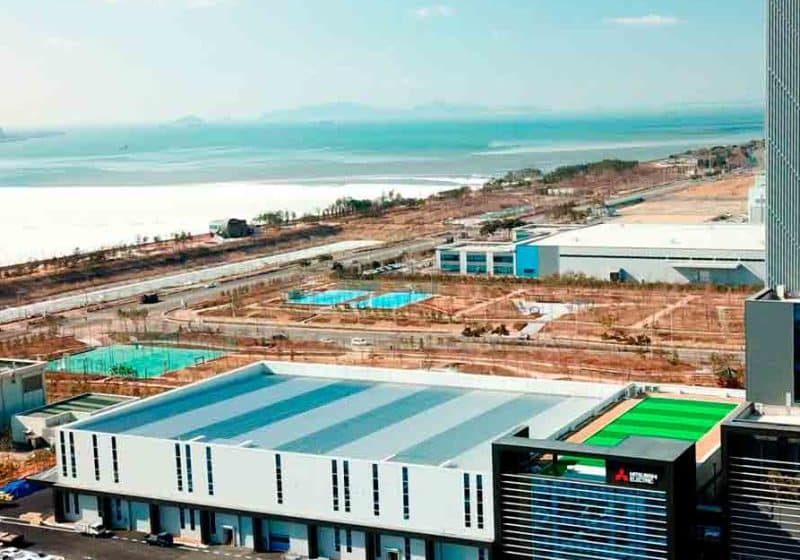The Hidden Heart of Escalators
May 1, 2018
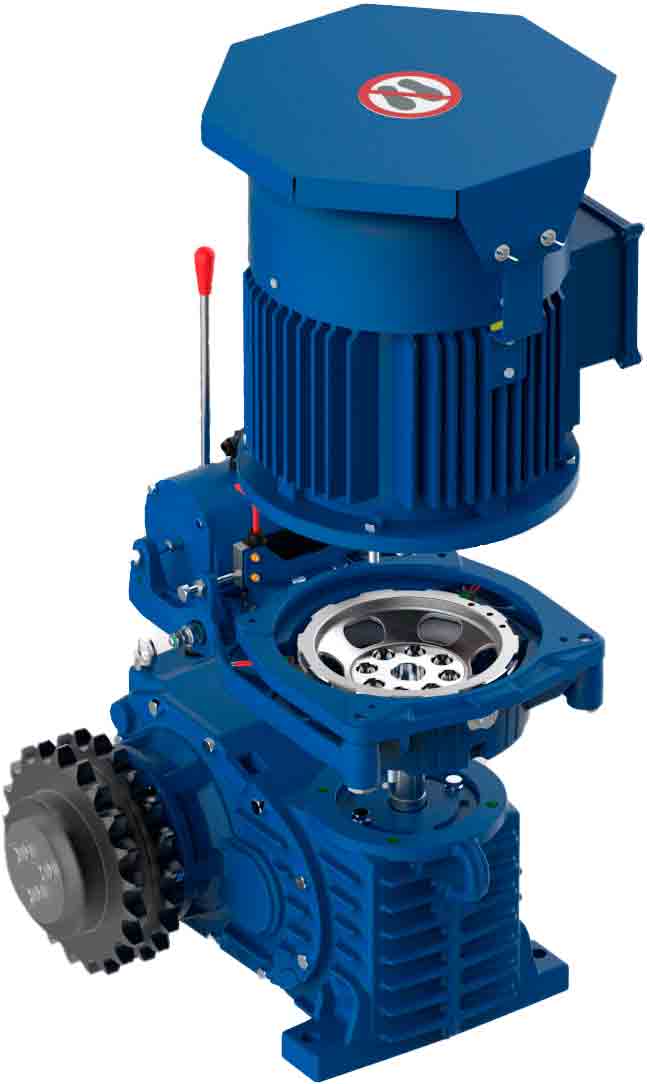
Italian manufacturer Montanari explains its escalator machines, which have braking systems that focus on safety first.
by Stefano Bertoni and Rezarta Rakipi
Urbanization Scenario
Globally, more people live in urban areas than in rural areas. In 2007, for the first time in history, the global urban population exceeded the global rural population, and the world population has remained predominantly urban. The planet has gone through rapid urbanization over the past six decades.
In 1950, more than two-thirds (70%) of people worldwide lived in rural settlements, and fewer than one-third (30%) lived in urban settlements. In 2014, 54% of the world’s population was urban.
The urban population is expected to continue to grow, so that by 2050, the world will be one-third (34%) rural and two-thirds (66%) urban, roughly the reverse of the global
rural/urban population distribution of the mid-20th century.[1]
A 2017 revision to these data numbered the world’s population at nearly 7.6 billion, implying that the world has added approximately one billion inhabitants over the last 12 years. Sixty percent of people (4.5 billion) live in Asia, 17% (1.3 billion) live in Africa, 10% (742 million) live in Europe, 9% (646 million) live in Latin America and the Caribbean, and the remaining 6% live in North America (361 million) and Oceania (41 million). China (1.4 billion) and India (1.3 billion) remain the two most populous countries, comprising 19% and 18% of the global total, respectively.[2]
As the world continues to urbanize, sustainable development challenges will be increasingly concentrated in cities with the need of strategies and infrastructures able to improve the lives of both urban and rural areas.
Escalators in Cities
Escalators and moving walks are part of the urban architecture and our daily partners in traveling and moving inside cities. With more than 800,000 installations around the world and more than three million people moved by them every day, the machines’ safety, comfort and efficiency are at the center of every project for the companies that manufacture, install and maintain these giants of urban life.
Traction machines can be imagined as the heart of these transportation systems. They are invisible to the eyes but essential to their functioning.
Montanari’s escalator traction machines mix safety, durability and efficiency, and are suitable for both new installations and modernizations. All models are equipped with a braking system designed for safety. Usually, the brake is installed on the motor, but this is not the best solution: in case of motor breakage, this also affects the brake, which stops functioning.
In the Montanari braking system, the brake is fixed on the worm shaft and positioned between the gearbox and brake drum (Figure 1). This is a key element for the safety of the passengers, since the brake continues to work even if the motor breaks.
The gearbox, entirely produced in Italy, can be provided complete with motor or without it. Its other safety devices are:
- A microswitch for the brake control
- A break wear sensor
- A rotation sensor
Special attention is paid to the frame, which is ribbed to allow heat dissipation for continuous use. All models have standard shaft and flange dimensions to be compatible with the motors available on the market. The output shaft’s standard solution can be right or left, while the double exit can be provided on demand.
Models M73ES and M93ES are designed for installations in commercial buildings, such as department stores, multistory shopping centers, multiplex cinemas and hotels. ME165 and ME190 are designed for public service, such as in metro stations, railway stations and airports, as they are compliant with EN 115-1 regulations.
How to Select an Escalator Traction Machine
Factors involved in selecting an escalator traction machine are many and varied: inclination, rise, step dimension, torque moment, load per hour, etc. (Figure 2).
Figures 3-6 represent examples based on the features of the most common escalator systems. Of course, these do not show all possible configurations.
- Figure 1: Exploded view of an ME165
- Figure 2
- Figure 3: Commercial service selection examples
- Figure 4: Public service selection examples
- igure 5: An ME165 escalator traction machine: standard values are up to 15 kW in power and 3550 Nm max torque with 0.93 gearbox efficiency, Ip55 protection, 200-VAC brake plus booster and 40°C ambient temperature. Special tests can be performed on customer request to custom produce, for example, a machine able to withstand the 55°C ambient temperatures for a public-transportation project in an Asian megacity.
- Figure 6: A machine installed in one of Italy’s largest shopping centers as part of a modernization project
References
[1] United Nations, Department of Economic and Social Affairs, Population Division (2014). “World Urbanization Prospects: The 2014 Revision, Highlights” (ST/ESA/SER.A/352).
[2] United Nations, Department of Economic and Social Affairs, Population Division (2017). “World Population Prospects: The 2017 Revision, Key Findings and Advance Tables” (ST/ESA/SER.A/400).
Get more of Elevator World. Sign up for our free e-newsletter.



